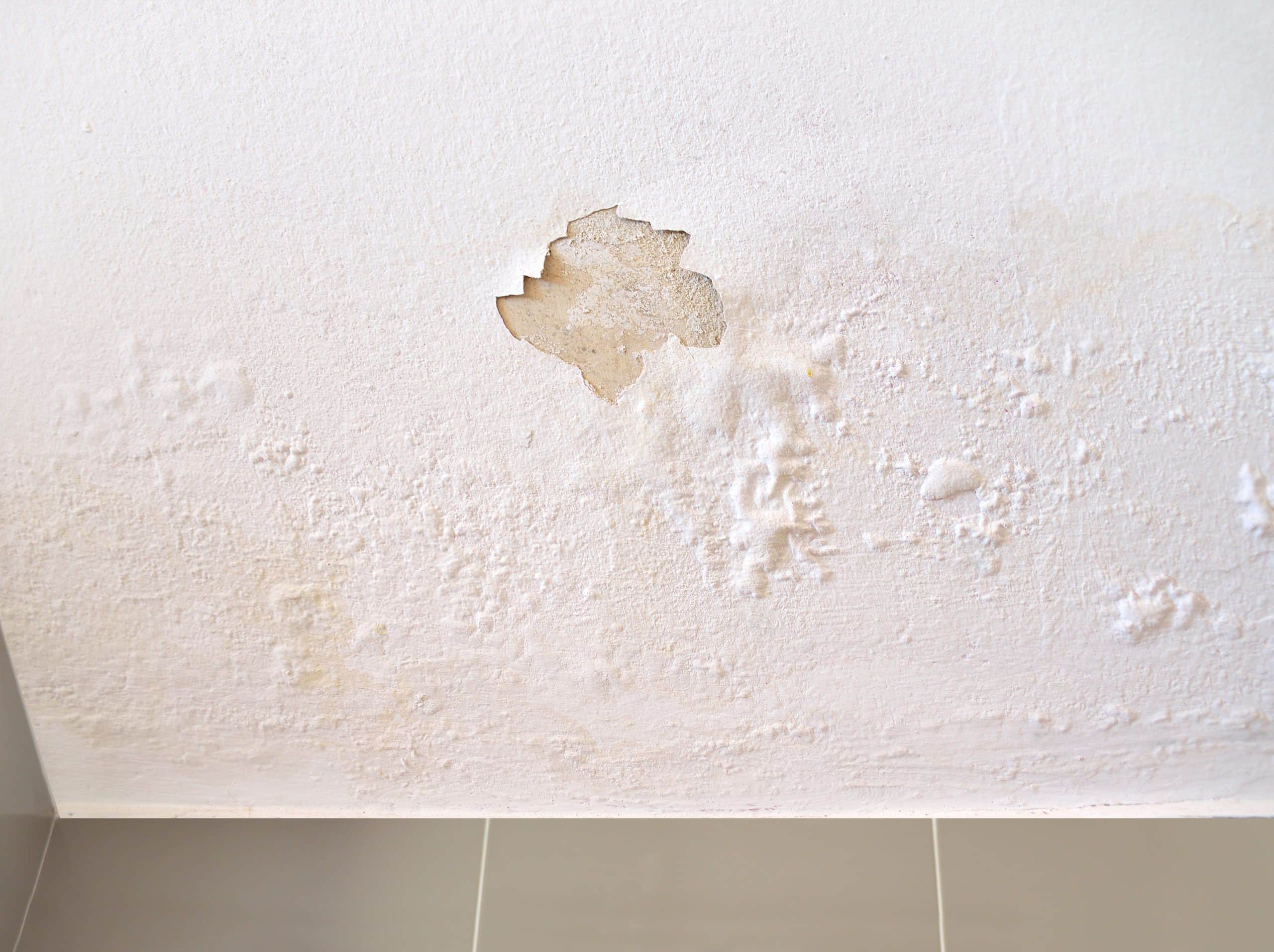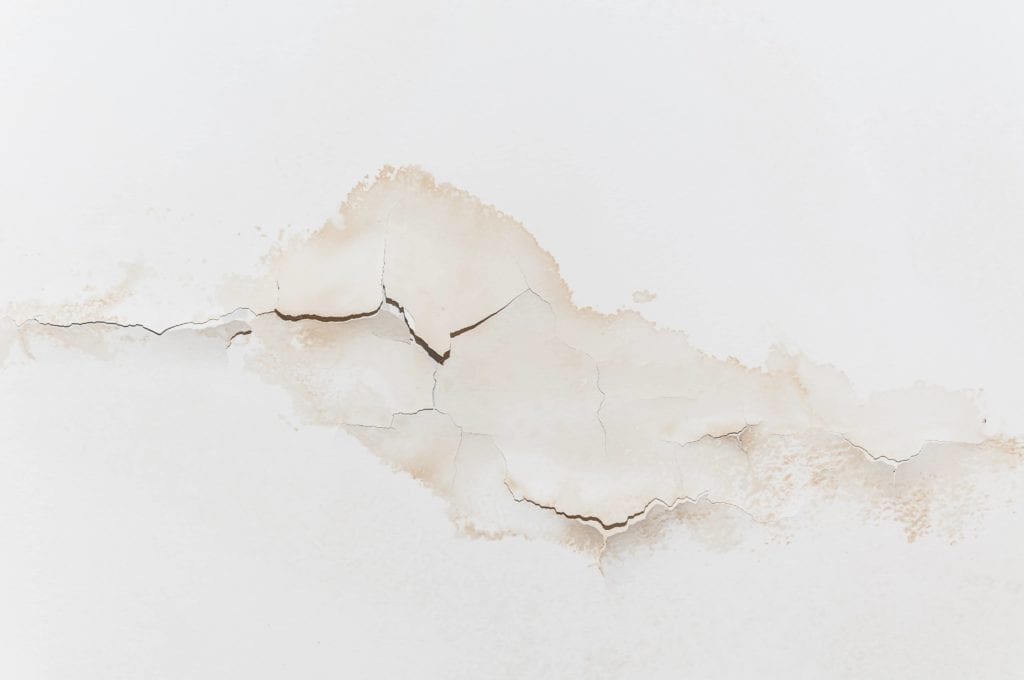Water Stains on Wall Surfaces: Assessing and Repairing Ways
Water Stains on Wall Surfaces: Assessing and Repairing Ways
Blog Article
What are your beliefs about How to Remove Water Stains from Walls and Ceilings?

Water stains on walls are not enjoyable to the eyes. Often it seems nearly inescapable to experience water discolorations on walls in homes.
Homeowners living in moist areas regularly deal with the fear of water spots on walls. With well-shaped as well as accurate info on the causes of water spots as well as timely repair work procedures, you will always be a step in advance of such incidents.
3 Usual Sources Of Water Stains on Wall Surfaces
Unlike popular belief, water stains on walls do not always stem from inadequate structure products. There are a number of root causes of water stains on wall surfaces. These consist of:
Moist
When warm wet air consults with completely dry chilly air, it causes water beads to form on the wall surfaces of structures. When there is heavy steam from food preparation or showers, this happens in washrooms as well as kitchens. The water beads can tarnish the bordering walls in these parts of your residence and also infect various other areas.
Moist or condensation affects the roofing and also walls of buildings. This triggers them to show up darker than other locations of the residence. When the wall is wet, it produces an appropriate setting for the growth of fungis and also microbes. These might have adverse effects on wellness, such as allergic reactions and also respiratory system disorders.
Poor Drainage
This will avoid water from seeping into the wall surfaces. This links to extreme dampness that you see on the walls of your building.
The leading reason of damp walls, in this situation, can be a poor drainage system. It can also result from bad monitoring of sewer pipes that go through the structure.
Pipe Leaks
Many houses have a network of water pipes within the walls. It constantly boosts the feasibility of such pipes, as there is little oxygen within the walls.
A disadvantage to this is that water leak impacts the walls of the structure as well as causes prevalent damage. A telltale sign of malfunctioning pipes is the appearance of a water stain on the wall surface.
Pro Suggestion
A houseplant in your house also raises its humidity. So, if your house is already damp, you may intend to introduce houseplants with minimal transpiration. An example of suitable houseplants is succulents.
Water Discolorations on Wall Surface: Fixing Tips
When dealing with water spots, house owners would generally want a quick repair. Yet, they would quickly recognize this is counterproductive as the water stains persist. So, below are a few practical tips that will assist you in the repair work of water spots on wall surfaces:
Conclusion
Although no person intends to have water stains on walls in their house, it can occur to the very best people. This post provides you leverage, as you now recognize exactly how to handle this accident if it does occur.
It is always best to hire expert services to help repair the problems in your house.
Often it seems almost inescapable to experience water spots on wall surfaces in residences.
In contrast to popular idea, water discolorations on wall surfaces do not constantly stem from inadequate structure products. There are numerous causes of water stains on walls. The water beads can discolor the surrounding walls in these parts of your home and also spread to other locations.
Right here are a few practical ideas that will certainly direct you in the repair of water spots on wall surfaces:
CHECKING FOR WATER DAMAGE
Water damage can be costly, and it may begin before you even notice the first signs of trouble. Water damage can cause mold and mildew in your walls and floors, which can create an abundance of health concerns for your family. It can also lead to costly repairs of various appliances and general home fixtures. To avoid the pricey consequences of water damage, here are Warner Service’s top 5 places you should check:
The walls – The easiest place to spot the beginnings of water damage is on the walls and ceilings of your home. If water damage is present, there will most likely be water stains, especially around the windows and doorframes, and/or cracks in the drywall. If a stain looks unusual (discolored to brown, black or gray, raised texture), has a swollen appearance or is soft to the touch, contact a professional immediately. The pipes – To avoid water damage, consistently check the pipes in your kitchen (especially the dishwasher and ice maker), bathrooms, laundry room (specifically washing machines) and basement for corrosion, leaks and water stains. Pay special attention to where the pipes connect in your home and the location of caulking around the bathroom fixtures, including toilets, sinks, showers and tubs. Missing or loose caulking and grout could be signs of leaking water. This seepage can also quickly cause mold and rust, so double check your water heater and tank for wet spots on the floor. The floor – Water damage is very easy to spot on the floor. Look for any warping or buckling of the material, especially in the basement. If your home has wood flooring, look for bright white or dark stains. If your home has carpeting, keep it dry and clean. A damp carpet that smells of mold could cause water damage and health problems. To avoid this, consider installing floor pans under your appliances to help prevent damages from small, slow and undetected leaks. The basement and attic – If your basement or attic smells odd check for mold and mildew around the area, especially the valley where the roof meets. While you are inspecting those areas, check for wall cracks, floor stains, rust and dampness in the insulation. If you live in a colder and/or rainier climate, perform routine checks for water damage from melting snow or ice and rain. The exterior – Check the roof for damaged flashing and missing, cracked or curled shingles. There should also be no standing water anywhere outside your home. This could be caused by puddles, leaky rain gutters or hoses, poor drainage, or short gutter spouts. Invest in a sump pump system or water flow monitoring system, and perform routine maintenance on these outdoor appliances to avoid indoor water damage.

I have been very fascinated with How to Find and Repair Water Leaking in the Wall and I am hoping you liked the page. Enjoyed our post? Please share it. Help another person find it. Bless you for your time. Visit again soon.
We're here for you, dial! Report this page